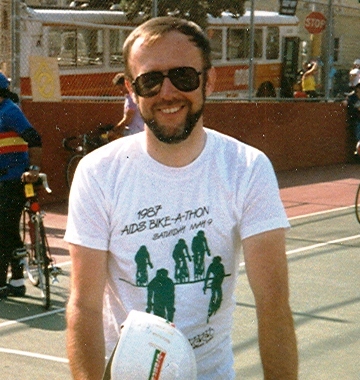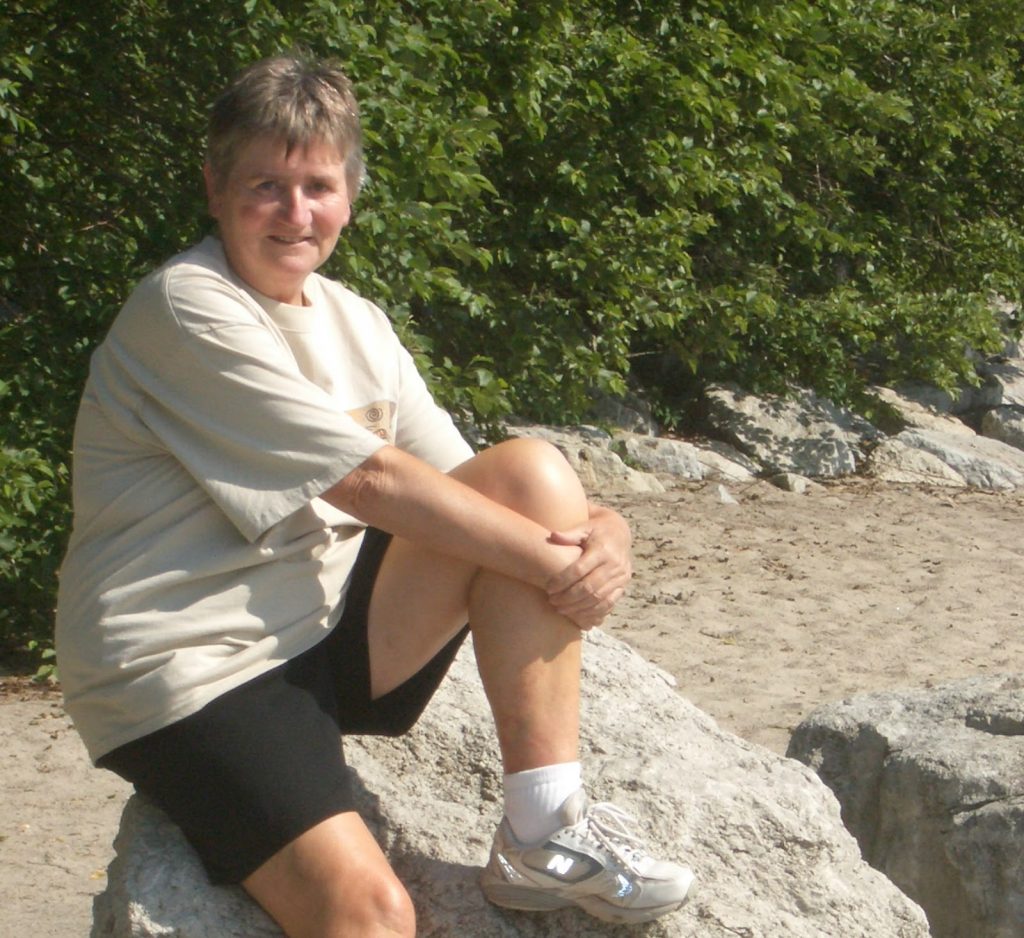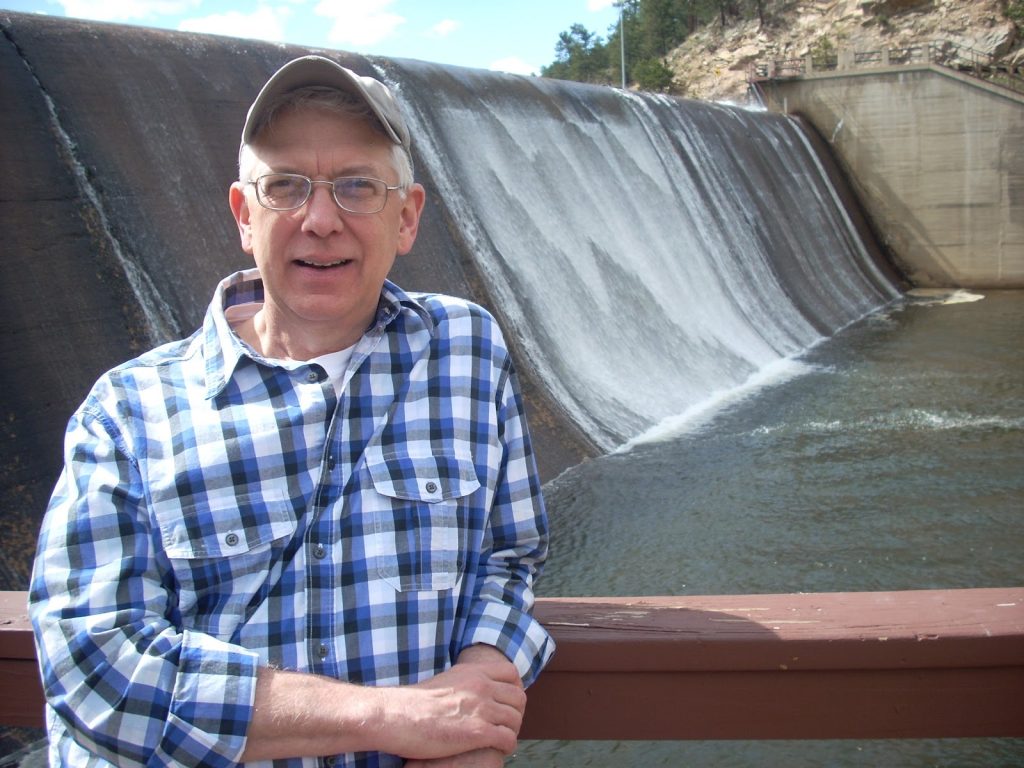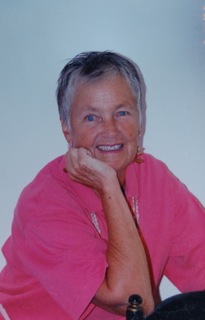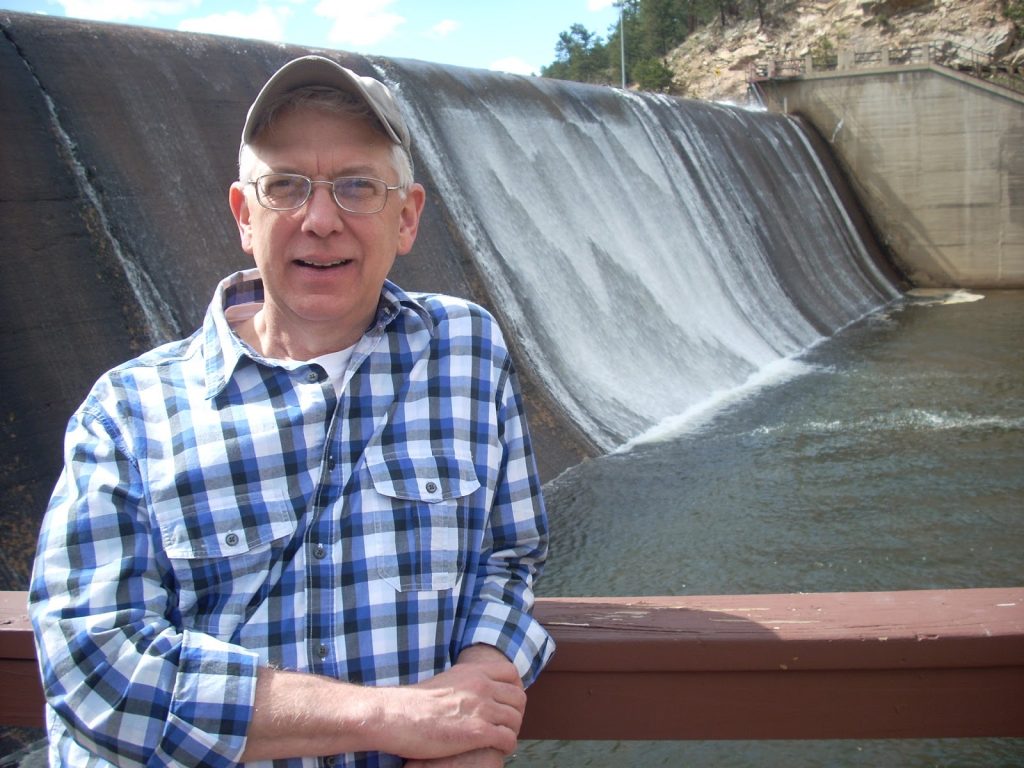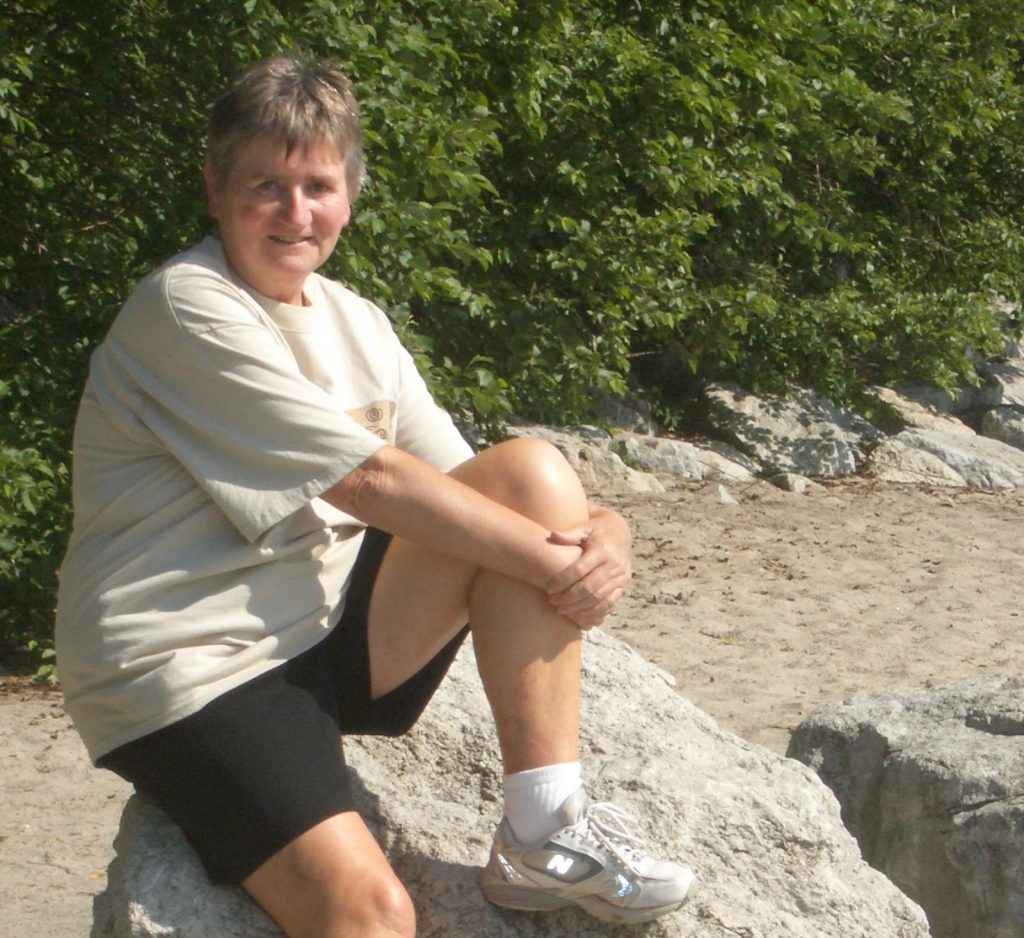I used that title because I firmly believe that homophobes inhabit a Hell on Earth. They are consumed by anger and hatred, all driven by fear. They fear a wrathful God. They fear the unknown. And, perhaps the greatest, they fear that deeply-hidden part of themselves which they absolutely dare not acknowledge.
It must be nothing short of terrifying to be a Fundamentalist Christian. (Or probably any kind of Fundamentalist but that’s another discussion.) If I truly believe that every word of The Bible is true, and my church tells me that according to that Good Book, homosexuality is a sin, you’d better believe I’m going to condemn it. With that Vengeful God watching my every move, waiting to pounce on my slightest miss-step and fling me into the Fiery Furnace for Eternity, what else would I do? It’s easy to poke fun at such extreme beliefs, but I sincerely am not. I cannot imagine living in that kind of fear every day of my life. We cannot save them. It is impossible to have any logical discussion with someone who’s answer to every question or comment is, it says so in The Bible. I would like to save them from their life of fear, but I cannot, any more than they can save me from my life of sin. I don’t hate them for all that they rail against us. To return their words to them – I hate the sin, but not the sinner.
No phobias are rational, that is their very essence. I have been, from as far back as I can remember, an arachnophobe. I hate to deprive any living creature of life, but I had flattened every poor innocent spider I ever encountered with great energy and little compunction. Then, many years ago, I was ill for quite some time after being bitten by a Brown Recluse which I never even saw. I had to laugh at the irony. But the result was surprising. No, it didn’t cure me of my spider-frights, but it did decrease their strength and hold over me. I still call to Betsy to deal with any I find in the house, but reasonably calmly; not curled in a gibbering heap on the chair.
I suppose that is what encountering the object of our phobias does. That is what exposure therapists would have us believe, anyway, though I don’t see myself hugging a tarantula any time soon.
Not so long ago, most people didn’t know anyone Gay; or didn’t know they did. Most Straights feared us because they didn’t know us. We were just these weirdos out there they didn’t understand and sure as hell didn’t want to. Then those closet doors started creaking open.
At first it was oh well, yeah, Jimmy’s OK. It’s the rest of ’em.
Then the rest of ’em came out. It wasn’t just your nephew. It was your high school sweetheart and your best friend from college and your neighbor down the street. And you know what? Surprise, surprise! They live very much like we do.
Homophobia began to dissipate.
But it hung on.
Most of us remember the battle over Amendment 2.
Everything was going fine. It had little support. Then, suddenly, in the last two weeks of the campaign, the ad. blitz was on. I can see those ads as clearly as if they were on a TV in front of me right now.
Picture it.
A serene, middle aged, white woman appears on the screen; middle America’s perfect mother. She smiles slightly as she looks into the camera. She speaks in a gentle tone with a well-modulated voice.
“Of course I don’t hate homosexuals!” she says, implying something close to horror at the very thought. “I have nothing at all against them,” with complete sincerity.
She leans in towards the camera a little, a slightly worried look appears on her face.
“But special rights,” and she shakes her head sadly, regretfully. “That’s just going too far.”
God, they were good, those ads. I was almost talked into voting for Amendment 2 myself. They were so reasonable. So sorry that they just couldn’t go that far for us; much as they’d like to, they implied. This attack-ad fest turned the campaign around and the amendment passed.
There’s an interesting article in the online archives of publiceye.org, part of which details this buildup of frenzy around Amendment 2. For the sake of history, I am glad it is so well documented, but I find myself at odds with it’s title, Constructing Homophobia. Much as the opposition tried, I don’t believe that is actually what they succeeded in doing. Via misinformation, manipulation, and downright lies, enough people were convinced that a no vote equalled a vote granting homosexuals in Colorado special, rather than equal, rights. It was that which changed the minds of many otherwise accepting, middle-of-the-road, voters. And my bet is that many of the same people who voted for Amendment 2 are now greeting the State’s legal acceptance of gay marriage with equanimity.
Try as they might, those real homophobes, too many people just don’t care. Young people, especially, just don’t get it. What’s the big deal?
So who are they, these real homophobes? The ones who lead the campaigns against us? Some are those truly led, or misled, by religion, some possibly still fall into the category of fear of the unknown. But most, I believe, are those who are terrified by what they feel within themselves.
In recent years, Ted Haggard, the evangelical leader who preached endlessly and fervently against homosexuality, resigned after a scandal involving a former male prostitute. Larry Craig, a United States senator who opposed including sexual orientation in hate-crime legislation, was arrested on a charge of lewd conduct in a men’s bathroom. Glenn Murphy Jr., a leader of the Young Republican National Convention and vocal opponent of same-sex marriage, was accused of sexually assaulting another man. Haggard himself actually said,
“I think I was partially so vehement because of my own war.”
A New York Times article from 2012, actually entitled, Homophobic? Maybe You’re Gay,* cites an April 2012 issue of the Journal of Personality and Social Psychology in which researchers claim to provide empirical evidence that homophobia can result from the suppression of same-sex desire.
Given my original premise, that homophobia is driven by essentially three basic types of fear, I see strong reason for hope that it is rapidly decreasing, as those fears dissipate. But let’s not fool ourselves. It will never go away. Even if it becomes politically incorrect and lies largely dormant, it will remain a smoldering coal to be re-ignited at the slightest breeze. Prejudices live on. We have seen, recently, the fanning of the flames, in the attacks, both physical and political, on people of color. No minority group can ever rest on it’s laurels of equality gained; rather we must live a life of collective eternal vigilance. We need to maintain positive images of ourselves in the public eye; and I have a plan!
Did you know that we are awash with National Days? In the first week of January alone, we had sixteen of them, not even counting New Year’s Day. And I bet you missed them all. Today, by the way, is National Pharmacist Day, National Curried Chicken Day and National Marzipan Day.
Who knew? Tomorrow, incredibly, (honest, I’m not making this stuff up,) is National Rubber Duckie Day. And January 31st is national Backward Day, so be careful out there. The whole crazy thing has even gone international. For example, January 17th is International Hug a Tree Day, so get it on your calendars.
Now, hugging is very in, these days. And we of the GLBT community are so very huggable. So I think we need a National – oh what the Hell, let’s think big – International Hug a Gay Day. I can see bumperstickers (which we found out last week we all love so much) saying,
HAVE YOU HUGGED A GAY TODAY?
I was really getting into this idea when my thoughts got crazy, as in, we could even have a National Hug a Homophobe Day, so I had to stop. In the words of that Amendment 2 ad., that’s just going too far!
* http://www.nytimes.com/2012/04/29/opinion/sunday/homophobic-maybe-youre-gay.html?
© January 2015
About the Author
I was born and raised in England. After graduation from college there, I moved to the U.S. and, having discovered Colorado, never left. I have lived in the Denver-Boulder area since 1965, working for 30 years at IBM. I married, raised four stepchildren, then got divorced after finally, in my forties, accepting myself as a lesbian. I have now been with my wonderful partner Betsy for 25 years.
